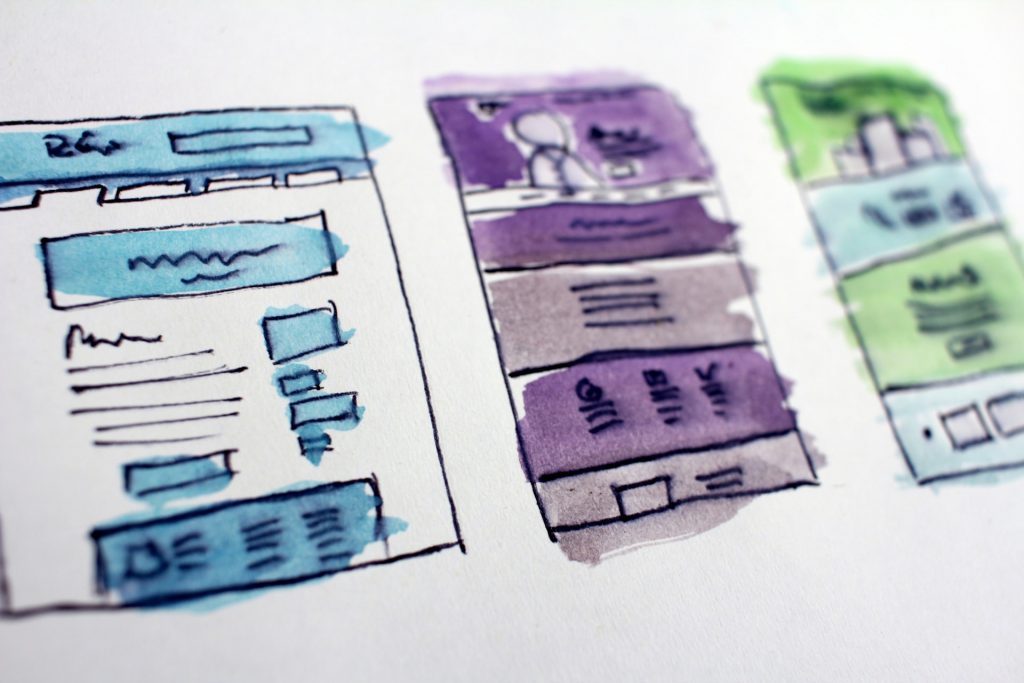
Nudge Training
helps professionals influence decisions without pressure—by applying behavioural science to workplace challenges. Whether you lead teams, pitch projects, or navigate internal change, this training gives you practical tools to nudge others toward better choices—ethically and effectively
Nudge Training Options
What is Nudge Training?
Nudge Training takes behavioural science theory and applies it to real-world business interactions. Inspired by the groundbreaking work of Nobel Prize winner Richard Thaler and Cass Sunstein, this training reveals how seemingly small design choices—nudges—can significantly influence decision-making.
Instead of telling people what to do, you’ll learn how to guide their thinking with smarter structures, subtle framing, and better choice architecture.
How Nudge Training works
We design every Nudge Training workshop to be interactive, practical, and grounded in your day-to-day work. You’ll bring real challenges into the session—and leave with tested strategies you can apply immediately.
Topics we cover include:
- Influencing senior decision-makers
- Presenting complex recommendations persuasively
- Framing internal process changes for better adoption
- Guiding client behaviour through emails, meetings, or proposals
- Reducing friction and increasing clarity in your communicatio
Typical Nudge Training outcomes
By the end of the session, you’ll be able to:
- Apply the psychology behind choice and behaviour
- Frame options to increase buy-in
- Avoid common “reverse nudges” that unintentionally block decisions
- Build more persuasive presentations, processes, and conversations
- Improve internal engagement and external client response




Delivery options and format
We deliver Nudge Training:
- Virtually or in-person
- In small teams, larger cohorts, or one-to-one coaching
- Over one or two sessions, each lasting 60 to 120 minutes
Sessions run via Zoom, MS Teams, or your preferred platform. And we tailor every programme to your team’s context and learning style.
What makes Nudge training different
Unlike traditional influencing skills training, Nudge focuses less on how you deliver your message—and more on how your audience receives it.
You’ll learn why people resist certain ideas, how default behaviours shape choices, and how to remove subtle barriers that reduce your success rate. It’s a mindset shift—from persuading harder to influencing smarter.
Try Nudge in these situations
Nudge Training helps when you need to:
- Convince stakeholders to back your strategy
- Manage internal service requests more efficiently
- Get colleagues to follow a new process
- Encourage clients to adopt new approaches
- Reduce decision fatigue in meetings and communication
Example training agenda
While we tailor each session, here’s a sample structure:
- What is Nudge? Why does it matter?
- Everyday Nudges we already experience
- Breaking down your real challenges
- Nudge strategies for presentations, meetings, emails, and workflows
- Spotting “reverse nudges” that prevent action
- Designing & testing your new approach
- Group feedback and personal action plans
Pre and post workshop support
Before the session, participants receive a short pre-read and questionnaire to personalise the experience. After the session, we provide:
- A PDF summary of strategies and workshop materials
- Optional 1:1 coaching
- Follow-up calls for further application and support

How does Nudge relate to influencing skills training
Nudge Training compliments traditional influencing skills training because it looks at situations from a different perspective. Where the traditional approach covers what you present and how to be persuasive, Nudge Training takes a different view. It looks at what would give your idea the best chance of success. The methodology identifies some very common reverse Nudges, that is, when we make decisions difficult for our colleagues or clients. The two sorts of training sit very well together. It also sits nicely with our assertiveness training, because to use nudge we sometimes need to be a bit more assertive than normal.
You could also include a session on Nudge within any leadership training or management training.
Examples of where Nudge has been used


Nudges are used a lot on roads to encourage safe behaviours in both drivers and pedestrians.
Examples of where Nudge has been used in reverse

Nudge can also be used in reverse. This is where, for example, you don’t want someone to make a decision, where you prefer inertia. For example mobile phone companies give multiple choices on tariffs, to the extent that it results in many people not changing their provider.
The same is true of energy suppliers. We know we could save money by changing but it is just too complicated.
Case Studies
Professional Business Communication Training
The session provided genuinely helpful tips on how to engage with different personality types and offered a deeper understanding of effective communication in a corporate environment. I walked away with some excellent tools and practical pointers to put into practice. The mix of real-life examples and scenario-based exercises really made us reflect on our own communication styles. It was the most engaging and helpful training session I’ve attended. Very engaging and informative, no reading off slides, and the time flew by.
I highly recommend this course to anyone looking to improve their client communication skills.
A truly inclusive, insightful, and empowering training
I recently attended the Working Effectively at Clifford Chance training session and found it to be an incredibly valuable and uplifting experience. One of the standout aspects was the smaller group size, which created a more inclusive environment. Everyone had the opportunity to feel seen, heard, and genuinely included in the discussions.
The session encouraged open dialogue, and participants were free to express their views and share personal experiences without hesitation. This openness was largely thanks to Martin, who facilitated the session with warmth, empathy, and professionalism. Martin fostered a safe and supportive space where people felt comfortable being honest and reflective, which made the session not only informative but also deeply engaging.
Overall, the training was a brilliant example of how thoughtful facilitation and a well-structured format can empower individuals to connect, learn, and grow together. Highly recommended!
Five-star training!
I attended Martin’s session on working effectively in the workplace and you can tell he genuinely cares about the people he is training- he was very interactive throughout, delivered super helpful takeaways (especially relevant in professional settings) and also extended candid advice on how to keep up with an incredibly fast-paced and often times challenging career environment. I highly, highly recommend Martin’s sessions if you have the opportunity to attend them, I am confident you will leave the room with more wisdom.
Bespoke Soft Skills Training for Shipboard Leadership
The Bespoke Soft Skills Training for Shipboard Leadership was very well received. Participants found the sessions engaging, practical, and highly beneficial, with appreciation expressed for the instructor’s time, travel, and expertise.
The interactive discussions and exercises were effective in applying leadership and communication concepts to real shipboard situations. Several attendees noted they could use the material to address challenges with difficult crew members.
Overall, this training was viewed as excellent, relevant, and valuable in enhancing leadership effectiveness and promoting stronger communication across the fleet.
Presenting with Impact Virtually
I recently attended the “Presenting with Impact Virtually” training workshop led by Martin Chapman, and it was a thoroughly engaging and practical experience. Martin’s delivery was professional yet friendly, making the virtual format feel interactive and enjoyable. The session was well-structured, with clear slides and practical examples. I highly recommend his training services for anyone looking to improve their presentation skills in a virtual setting.
Start a conversation on Nudge Training
Complete the form below to explore how Nudge Training could unlock better decisions, higher engagement, and smoother collaboration in your team. Whether you’re aiming to improve internal processes or strengthen client influence, we’ll tailor a solution that works


















